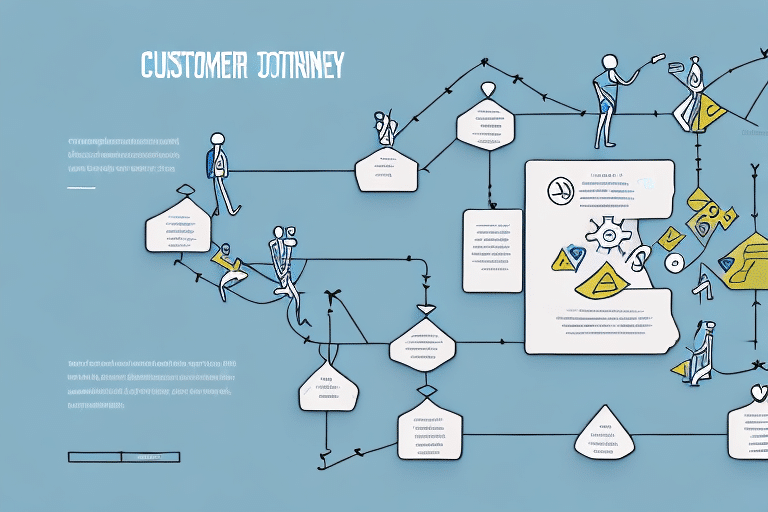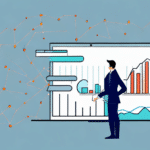Effective Customer Retention Strategies in CRM
Customer retention is a cornerstone of sustainable business success. Retaining existing customers is not only more cost-effective than acquiring new ones but also drives long-term profitability. In this comprehensive guide, we explore five proven customer retention strategies that can enhance your CRM efforts and ensure enduring customer loyalty.
1. Importance and Benefits of Customer Retention in CRM
Understanding the significance of customer retention within CRM is essential for any business. Here’s why:
- Cost Efficiency: Acquiring a new customer can cost up to five times more than retaining an existing one.
- Increased Revenue: Loyal customers tend to spend more, with research indicating they spend 67% more than new customers.
- Enhanced Brand Advocacy: Satisfied customers are more likely to refer others, acting as brand ambassadors.
- Stability: A loyal customer base provides steady revenue and reduces the impact of market fluctuations.
Focusing on retention not only saves costs but also builds a resilient foundation for business growth.
2. Identifying and Understanding Your Ideal Customer
One of the first steps in effective customer retention is identifying your ideal customer. This involves:
- Analyzing Customer Data: Examine purchasing patterns, preferences, and behaviors to pinpoint your most profitable segments.
- Creating Customer Personas: Develop detailed profiles that represent your ideal customers, including demographics, psychographics, and buying habits.
- Regularly Updating Profiles: As market trends and customer behaviors evolve, so should your understanding of your ideal customer.
By deeply understanding your ideal customers, you can tailor your marketing and service efforts to meet their specific needs, thereby increasing retention rates.
3. Personalization Techniques for Enhancing Retention
Personalization is a powerful tool in customer retention. Implement the following strategies to create personalized experiences:
- Customized Communication: Use customer names and tailor messages based on their purchase history and preferences.
- Personalized Offers: Provide exclusive discounts or offers that resonate with individual customer interests.
- Dynamic Content: Adjust website content and product recommendations in real-time based on user behavior.
Personalization not only makes customers feel valued but also significantly increases their likelihood of repeat business. According to Forbes, personalized marketing can deliver five to eight times the ROI on marketing spend and lift sales by 10% or more.
4. Leveraging Data for Improved Retention Strategies
Data is integral to refining your customer retention strategies. Effective use of data includes:
- Customer Behavior Analysis: Track and analyze interactions to identify trends and predict future behaviors.
- Feedback Mechanisms: Collect and evaluate customer feedback to understand satisfaction levels and areas for improvement.
- Predictive Analytics: Utilize machine learning models to foresee churn risks and proactively address them.
By harnessing data, businesses can make informed decisions that enhance customer experiences and foster loyalty. According to McKinsey, companies that excel in personalization generate 40% more revenue from those activities than average players.
5. Building Strong Customer Relationships
Strong relationships are the bedrock of customer retention. Strategies to build these relationships include:
- Regular Engagement: Maintain consistent communication through newsletters, updates, and personalized messages.
- Exceptional Customer Service: Provide timely and effective support to resolve issues and exceed expectations.
- Community Building: Foster a sense of community around your brand through social media groups, events, and forums.
Building trust and rapport with customers ensures they feel connected to your brand, reducing the likelihood of churn.
6. Effective Communication and Exceptional Customer Service
Communication and customer service play pivotal roles in retaining customers. Key practices include:
- Multi-Channel Support: Offer support through various channels such as email, phone, live chat, and social media.
- Proactive Communication: Reach out to customers with updates, helpful tips, and personalized offers before they encounter issues.
- Responsive Service: Ensure quick and effective resolution of customer inquiries and complaints.
Exceptional customer service not only resolves immediate issues but also reinforces a positive perception of your brand. According to IBM, 70% of customers say connected processes are very important to winning their business.
7. Developing a Successful Loyalty Program
A well-designed loyalty program can significantly boost customer retention. Consider the following elements:
- Personalized Rewards: Offer rewards that align with individual customer preferences and behaviors.
- Simplicity and Accessibility: Ensure the program is easy to understand and participate in, with a straightforward redemption process.
- Exclusive Benefits: Provide members with exclusive perks such as early access to products, special discounts, or VIP customer service.
Loyalty programs not only incentivize repeat purchases but also foster a deeper emotional connection with customers. According to Bain & Company, increasing customer retention by 5% can increase profits by 25% to 95%.
8. Measuring Retention Success with Key Metrics
Tracking and measuring the effectiveness of your retention strategies is crucial. Important metrics include:
- Customer Lifetime Value (CLV): The total revenue a business can expect from a single customer account.
- Churn Rate: The percentage of customers who stop using your product or service during a given time frame.
- Customer Engagement Rate: Measures how actively customers interact with your brand across various channels.
- Net Promoter Score (NPS): Gauges customer satisfaction and loyalty by asking how likely customers are to recommend your business.
By regularly monitoring these metrics, you can identify strengths and weaknesses in your retention strategies and make data-driven adjustments. Tools like Tableau and Salesforce offer robust analytics solutions to aid in this process.
9. Handling Negative Feedback to Strengthen Retention
Negative feedback, when addressed effectively, can be transformed into opportunities for strengthening customer relationships:
- Active Listening: Pay close attention to customer complaints and feedback to understand their concerns fully.
- Timely Responses: Respond promptly to negative feedback to demonstrate your commitment to resolving issues.
- Implementing Changes: Use feedback to make tangible improvements in your products, services, or processes.
Addressing negative feedback not only rectifies individual customer issues but also shows a broader commitment to excellence, thereby enhancing overall customer trust and loyalty.
Conclusion
Effective customer retention strategies are indispensable for fostering long-term business success. By prioritizing the importance of retention, identifying and understanding your ideal customers, personalizing interactions, leveraging data, building strong relationships, providing exceptional service, developing robust loyalty programs, measuring key metrics, and addressing negative feedback, businesses can significantly enhance customer loyalty and drive sustained profitability. Investing in these strategies ensures that your CRM efforts yield maximal returns and secure a loyal customer base for the future.




















